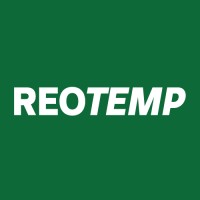
Bonpet Brasil
Em 1953 na cidade de Tóquio, Djiro Niizama, professor cientista em química, após 15 anos de pesquisa, sintetizou um líquido orgânico (água leve), que possui propriedades únicas na extinção do incêndio e batizou com o nome BONPET. O Líquido Bonpet é uma solução química aquosa de sais inorgânicos e compostos orgânicos. Se decompõem em gases (CO2 e N2), provocando o abafamento, o resfriamento e o isolamento do foco inicial do incêndio e uma formação de um filme que não permite a reignição. No Brasil a empresa Bonpet Brasil é uma marca registrada da Mattos & Grimaldi Rio Comércio e Representações.






